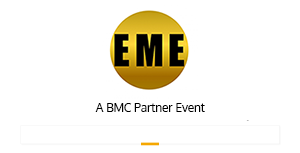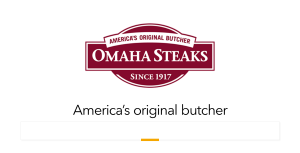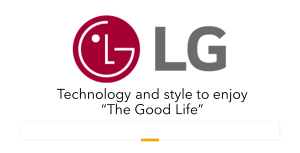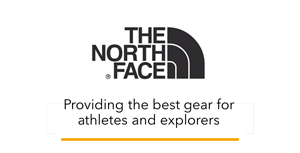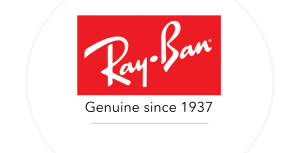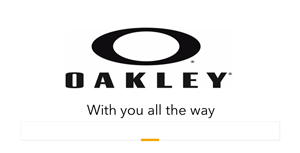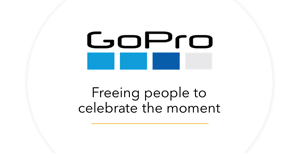News Analysis: First ISO 10018 Certification for Quality Management Provides Boost to Rewards and Recognition Field
9000 Stands for Quality Processes…The new ISO 10018 That Stands for Quality People Management. Includes Rewards and Recognition as a Key Component for Success
By Bruce Bolger, President, Enterprise Engagement Alliance
- ISO 10018 Standards Explicitly Call for Use of Rewards and Recognition
- Key to Success: Effective Design and Implementation
- The Potential Impact of ISO 10018
ISO 10018 standards and certification on the quality management of people provide an important step forward, not only for the entire engagement discipline, but also for the rewards and recognition field. The fact that the standards explicitly call for the use of rewards and recognition programs as part of an integrated approach to quality people management provides a powerful endorsement for the field and challenges the companies using these programs and their suppliers to respect and understand the complexity and expertise involved with effective design and implementation.
ISO 10018 Quality People Management standards were published in 2012 by the same ISO technical group that manages the respected ISO 9000 Quality Process Management standards, for which companies could first gain certification in 1987. Today, there are1.3 million ISO 9000 compliant companies in the world, about 400,000 in Europe, 350,000 in China and 35,000 in the U.S. The first certification program for ISO 10018 standards was launched this month by the International Center for Enterprise Engagement (ICEE) at the Healthcare Management Institute of the University of Texas Medical Branch in Galveston, TX.
ISO 10018 Standards Explicitly Call for Use of Rewards and Recognition
The fact that these standards include the use of rewards and recognition is an important shot in the arm for a field that has long struggled for legitimacy. Even those companies that use rewards and recognition in their loyalty, incentive, or recognition programs rarely seek to publicize those practices in their public relations, except perhaps in the consumer promotional arena, while many have no problem disclosing their advertising billings or sitting down for interviews with the media to discuss their marketing, events, benefits, or financial strategies. The exception occurs when some generous business owner announces a group cruise, generous company event or other prize for all employees to celebrate a milestone—an action that almost always generates positive media attention.
Published in 2012, ISO Quality Management Principles and 10018 Quality People Management standards recommend a strategic and continual process of assessment, design implementation, analysis and measurement that includes the elements in the chart below, according to an ISO summary of 10018 standards. Properly designed rewards and recognition strategies can affect almost all the various quality management tactics included in the ISO standards.

Fortunately, the industry has accumulated enough research over the course of 20 years proving that, when properly designed and used along with other formal branding, leadership, assessment, learning, innovation, collaboration, community and measurement tactics, rewards and recognition can have an indelible impact on an organization’s brand and loyalty. People rarely forget properly selected and sincerely presented gifts for accomplishment in a way that their family and colleagues enjoy as well.
Key to Success: Effective Design and Implementation
Skeptics of rewards and incentive programs, such as quality management guru W. Edwards Deming and others, correctly criticize improperly designed programs that create competition or focus on outcomes over process. On the other hand, dozens of research projects demonstrate that, when utilized to reward collaboration and success as part of an overall transparent process that addresses all key levers of engagement (sense of mission and purpose, capability, understanding, empowerment, etc.), properly designed rewards and recognition programs can foster positive emotions and cultural attachment unlike almost any other organizational tactic. In other words, success depends on a deep understanding of how to use rewards in a medium to affect people positively in alignment with communication, learning, community and more that does not do the damages the critics so correctly point out.
The fact that rewards and recognition are included in ISO standards creates a significant opportunity, as well as challenges, both for the organizations that use them and for solution providers. ISO standards by their very nature call for the application of at least some rigor to compliance—to do otherwise is to cheat at solitaire. To get the full value of following standards, organizations need to not just "check off the box" but apply what research and best practices (compiled with input from many experts) have established as the best overall framework. That means focusing on proper program design that is transparent and gives everyone equal opportunity to achieve by working together; that is, focused to bring everyone up, not just the top performers, and that such programs are designed to communicate genuine appreciation for loyalty and engagement. Efforts to engage people without addressing intrinsic and extrinsic motivation together lose steam over time because, in the end, talk is cheap.
The Potential Impact of ISO 10018
How many companies will seek to follow ISO 10018 Quality People Management standards? Given that in 1987 no companies followed ISO 9000 and that today there are over 1.3 million, logic would suppose that at least some of those companies would see the wisdom of applying a strategic approach to people with the same discipline as they do with quality process. And with investors increasingly educated about the impact of human capital investments and engagement on financial results, and consumers and employees evidently more desirous to do business with people-friendly organizations, the availability of a formal process from a widely respected organization to profit from engagement will likely foster some demand.
Dr. Ron McKinley, Co-Founder of the International Center for Enterprise Engagement (ICEE), notes that “ISO 9000 certification stands for quality processes and is a badge proudly worn the world over by more than 1.3 million companies. It has created a large and thriving marketplace to support best practices with tremendous positive impact for businesses and consumers. ISO 10018 standards and certification stand for quality people management, a badge that should be equally honored by customers, employees, investors and communities.”
Even if organizations that focus on quality process management, public companies, or others focused on success through a strategic focus on people do not see the value of having a 10018 certification, the fact that the standards include a formal, integrated approach to engagement that includes the proper design and use of rewards and recognition is both a clarion call and challenge for the industry to up its game, since the majority of programs we see do not always adhere to best practices, either in design or in the selection, presentation and customization of the reward experience.
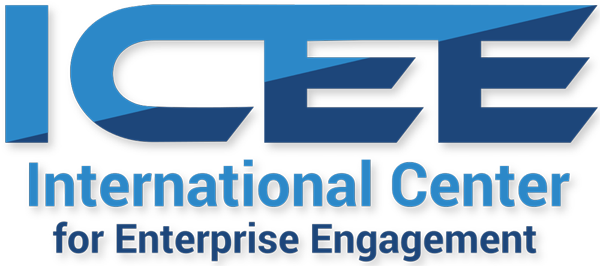 Companies can learn about the 10018 standards and certification at the ICEE’s “Engagement in Action” conference in Galveston, TX, Dec. 7-8, on the campus of the University of Texas Medical Branch. Click here to register
Companies can learn about the 10018 standards and certification at the ICEE’s “Engagement in Action” conference in Galveston, TX, Dec. 7-8, on the campus of the University of Texas Medical Branch. Click here to register
For more information, contact:
Nick Gazivoda
The Enterprise Engagement Alliance
914-591-7600, ext. 238

.jpg)



